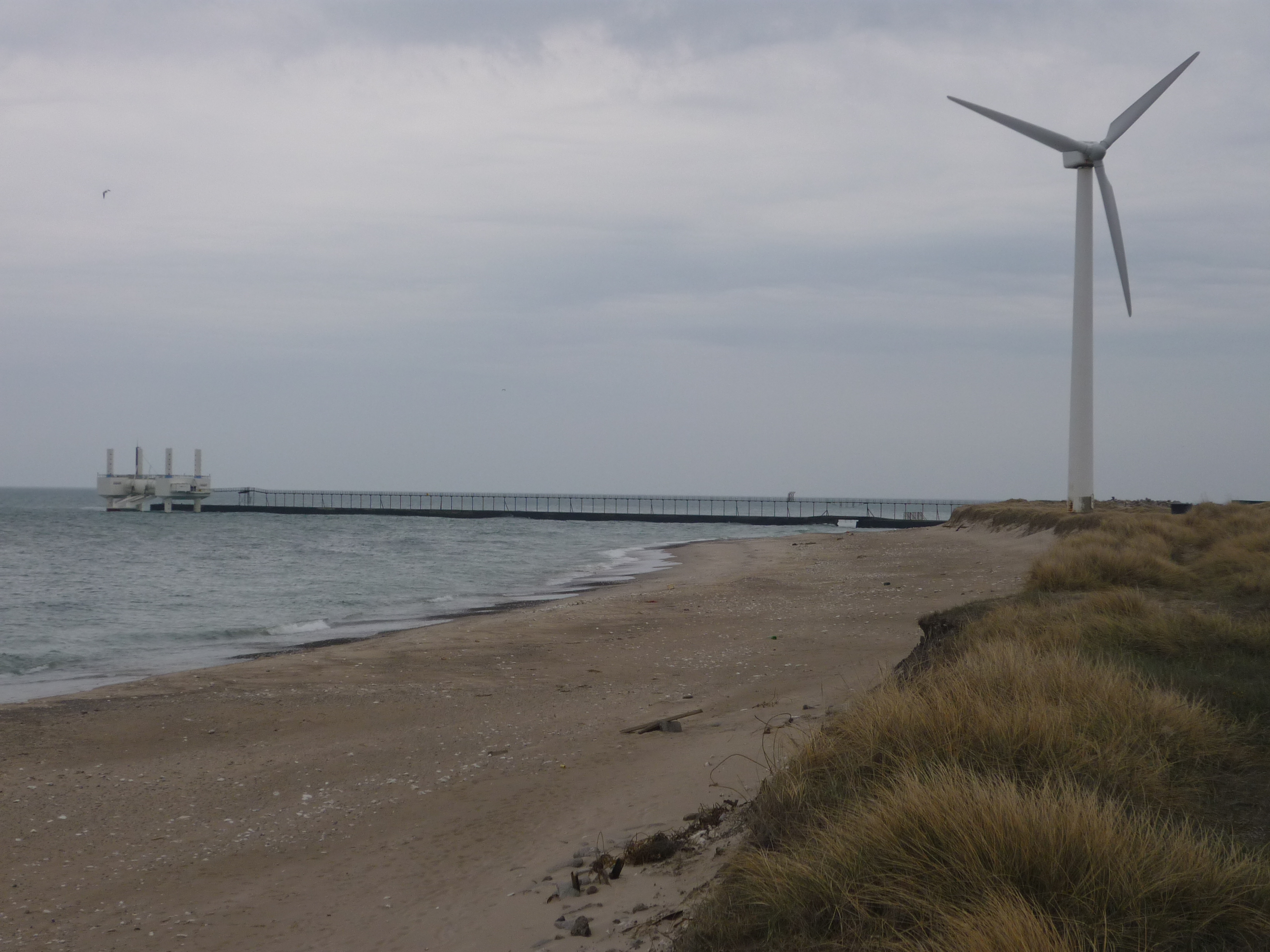“Combining Wave Energy Converters and Wind turbines – Diversified renewable energy systems in the Danish North Sea”
The first worldwide research based on real production data investigating the accumulated production of an operating wave energy converter – Wavestar, and a wind turbine.
This project, carried out with Hans Christian Sørensen (Spok ApS) and Jens Peter Kofoed (Aalborg University), covers two fields of study:
a) Technical, economic and societal advantages of combining wave and wind technologies
b) Variability of the power output of WECs in diversified systems: diversified renewable systems with wave and offshore wind production.
Which opportunities can the combination of the power production of different technologies in the same site provide?
The term diversified renewable systems refers to an energy system composed of various renewable resources, located in a range of areas within the same or in a different energy system.
The two key benefits of diversification are:
- The variability of the produced power can be decreased, and
- Power availability can be increased.
These benefits can be achieved by combining different resources, the more un-correlated the better. Otherwise, when only one resource is available – wind energy for example – these benefits can only be realised by aggregating the power of geographically disperse sites.
The study has focused on the benefits of a combined wave and wind power output compared to the individual productions. This is investigated through theoretical and real case studies that analyse the individual power productions of WECs and of wind turbines and compares them to the combined power production.
The most indicative finding is that the combined power output is smoother and provides higher availability than the individual productions: both the peaks and the fast changes found in the individual productions reduce when these are combined, and the percentage of time with null production reduces to a minimum. Variability reduces up to 31% and the percentage of time with zero production decreases to 6%.
See report below
